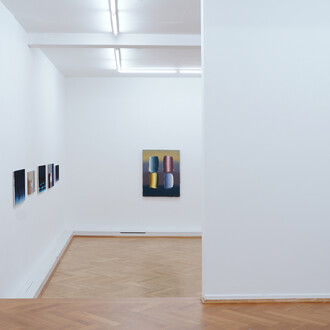As everyone knows, clothes make the man. But as is shown by the new permanent exhibition in the Dresden Residenzschloss (Royal Palace), which opened in the spring of 2017, clothes also make politics. The so-called landscape costume of Saxon Elector John George I (1585–1656), for example, is embroidered with the Elbe landscape near Dresden and Meißen and shows farming activities, people and animals, as well as the Dresden Residenzschloss. It was a Christmas gift given by the electoral widow Sophie (1568–1622) when her son assumed power after the sudden death of his brother Christian II in 1611. Wearing the coat, the new ruler now had the electorate that had been entrusted to him on his body and stood, quite literally, at the centre of it all.
A total of twenty-seven rulers’ costumes are presented in the four exhibition halls, where they unfurl their sensual splendour, from their different materials to embroidery, decoration, lace and trimmings of gold, silver and silk. For seventy-five years, the clothing was no longer on show as a whole. In the twenty years leading up to the reopening, more than forty textile and metal conservators, scientists, museologists, photographers, costume designers and other specialists made sure that the haute couture of 1550–1650 would appear in renewed magnificence. In order to protect the sensitive fabrics from too much light, the costumes will be shown in rotation. Six complete ensembles, eleven suits with doublet and trousers, six robes and four ladies’ gowns: In the international museum landscape there is hardly anything comparable from this time period.
The Dresden pieces are crucial to an understanding of the European fashion and textile art of the Renaissance and early Baroque periods. Ladies’ dresses in particular were seldom preserved; instead they were repurposed or given away. For this reason, the magnificent gown of Magdalene Sibylle of Prussia, Electress of Saxony, is a rare treasure from the time around 1610–1620, all the more so as the princess was a connoisseur of fashion, as is seen in the clear connections between her wardrobe and Venetian bridal and ceremonial fashion.
In the exhibition, visitors may use media stations to experience the objects in detail, enlarging patterns and learning what the elector wore under his so-called landscape costume. The presentation is rounded out with paintings as well as selected sets of parade weapons: These ornate weapons were useful not so much in battle as they were in completing the ruler’s outfit and underlining his status.
















